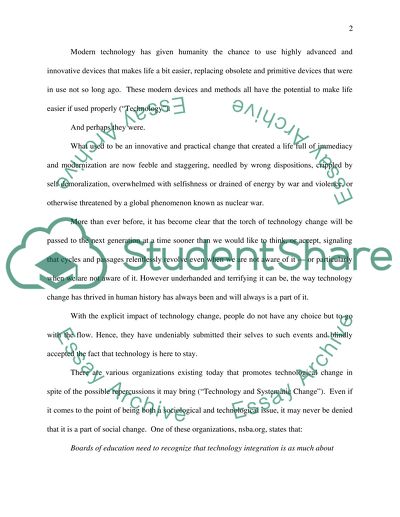Cite this document
(“Critical and Rational Analysis of Technology Change Models Essay”, n.d.)
Critical and Rational Analysis of Technology Change Models Essay. Retrieved from https://studentshare.org/miscellaneous/1502952-critical-and-rational-analysis-of-technology-change-models
Critical and Rational Analysis of Technology Change Models Essay. Retrieved from https://studentshare.org/miscellaneous/1502952-critical-and-rational-analysis-of-technology-change-models
(Critical and Rational Analysis of Technology Change Models Essay)
Critical and Rational Analysis of Technology Change Models Essay. https://studentshare.org/miscellaneous/1502952-critical-and-rational-analysis-of-technology-change-models.
Critical and Rational Analysis of Technology Change Models Essay. https://studentshare.org/miscellaneous/1502952-critical-and-rational-analysis-of-technology-change-models.
“Critical and Rational Analysis of Technology Change Models Essay”, n.d. https://studentshare.org/miscellaneous/1502952-critical-and-rational-analysis-of-technology-change-models.


